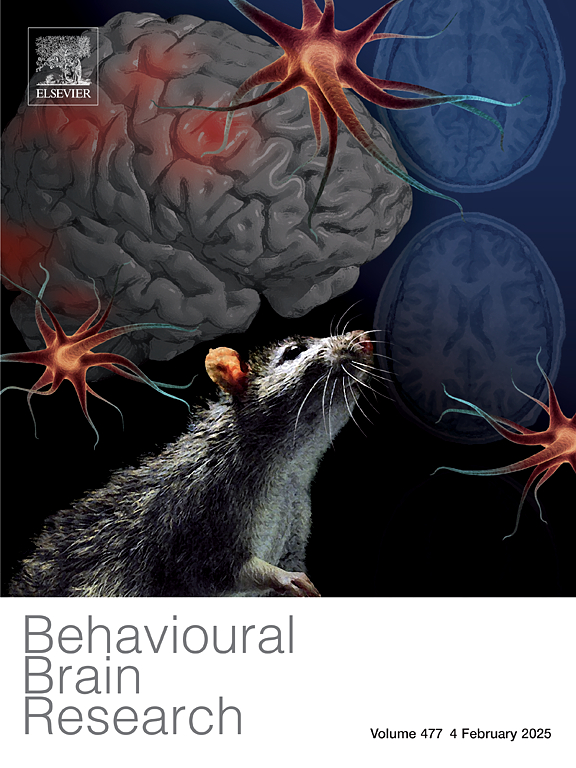神经系统中的YAP/TAZ:神经系统疾病的关键调控和治疗意义
IF 2.3
3区 心理学
Q2 BEHAVIORAL SCIENCES
引用次数: 0
摘要
近年来,越来越多的研究强调Hippo通路的下游效应体YAP/TAZ是多种神经系统疾病的有希望的治疗靶点。尽管YAP/TAZ信号通路涉及多个复杂的信号转导级联,但其在不同细胞类型和微环境中的具体功能仍未得到充分了解。特别是在神经系统中,我们对YAP/TAZ如何调节不同神经细胞类型的生理活动,从而影响神经系统疾病的发生和进展的理解仍然有限。本文综述了YAP/TAZ的功能和调控,总结了它们与神经系统内重要调控过程相关的证据。它分析了它们在各种神经细胞类型中的作用,并探索了它们与多种信号通路的相互作用。此外,该综述详细介绍了YAP/TAZ在一系列神经系统疾病中的作用,强调了它们作为这些疾病的关键介质的潜力。这些见解指出了针对YAP/TAZ治疗神经系统疾病的潜在治疗策略。本文章由计算机程序翻译,如有差异,请以英文原文为准。
YAP/TAZ in the nervous system: Key regulatory and therapeutic implications in neurological disorders
In recent years, an increasing number of studies have highlighted YAP/TAZ, the downstream effectors of the Hippo pathway, as promising therapeutic targets for various neurological diseases. Although YAP/TAZ signaling pathway involves multiple complex cascades of signal transduction, their specific functions across various cell types and microenvironments remain inadequately understood. Particularly in the nervous system, our comprehension of how YAP/TAZ regulates the physiological activities of diverse neural cell types, and thereby influences the onset and progression of neurological diseases, is still limited. This review investigates YAP/TAZ's function and regulation, summarizing evidence that linking them to essential regulatory processes within the nervous system. It analyzes their roles across various neuronal cell types and explores their interactions with multiple signaling pathways. Furthermore, the review details the involvement of YAP/TAZ in a range of neurological disorders, emphasizing their potential as crucial mediators in these conditions. These insights point to potential therapeutic strategies that target YAP/TAZ for the treatment of neurological diseases.
求助全文
通过发布文献求助,成功后即可免费获取论文全文。
去求助
来源期刊

Behavioural Brain Research
医学-行为科学
CiteScore
5.60
自引率
0.00%
发文量
383
审稿时长
61 days
期刊介绍:
Behavioural Brain Research is an international, interdisciplinary journal dedicated to the publication of articles in the field of behavioural neuroscience, broadly defined. Contributions from the entire range of disciplines that comprise the neurosciences, behavioural sciences or cognitive sciences are appropriate, as long as the goal is to delineate the neural mechanisms underlying behaviour. Thus, studies may range from neurophysiological, neuroanatomical, neurochemical or neuropharmacological analysis of brain-behaviour relations, including the use of molecular genetic or behavioural genetic approaches, to studies that involve the use of brain imaging techniques, to neuroethological studies. Reports of original research, of major methodological advances, or of novel conceptual approaches are all encouraged. The journal will also consider critical reviews on selected topics.
 求助内容:
求助内容: 应助结果提醒方式:
应助结果提醒方式:


